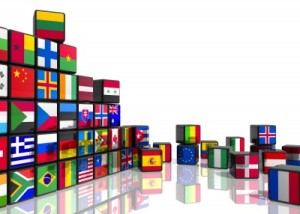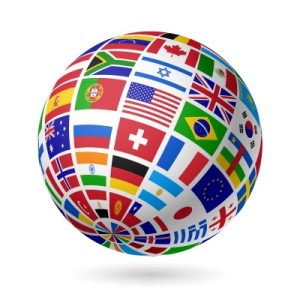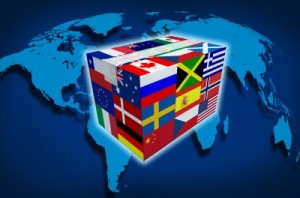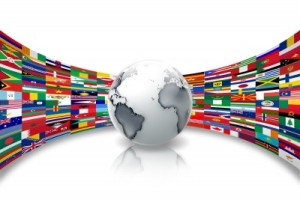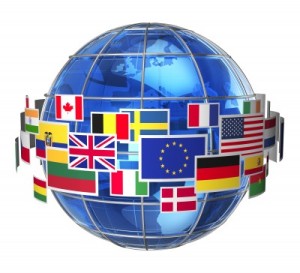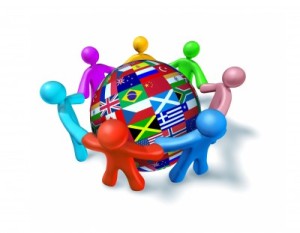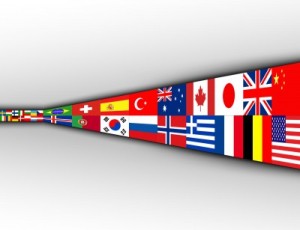or
"Good luck befriend thee" - Milton
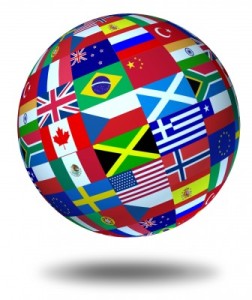 Many people believe in carrying a talisman for good luck: a lucky penny, a rabbit's foot, etc. True or false: It is a German custom to carry a large scale from the head of a carp eaten on Christmas Eve.
Many people believe in carrying a talisman for good luck: a lucky penny, a rabbit's foot, etc. True or false: It is a German custom to carry a large scale from the head of a carp eaten on Christmas Eve.- Preventing the malocchio (evil eye or evil spell) in Italy can involve many rituals. All of the following precautions are said to be surefire, except one!
- A. Wearing a "horn" charm
- B. Tying a red ribbon on your baby's carriage
- C. Sprinkling pepper on your head
- D. Wearing a number 13 pendant
- The "luck of the Irish" is loaded with charms. True or false: "Kissing the Blarney Stone" at the famous castle in County Cork is said to bring you wealth.
- Feng Shui is a combination of Chinese mystical beliefs, astrology, and folklore. In Taipei, Taiwan, many corporate headquarters incorporate Feng Shui features to generate auspicious flows of Chi. Which of these is an inauspicious structure?
- A. Square pillars
- B. Revolving doors
- C. Rounded corners
- Brazilians often give little children a figa charm to protect them against bad spirits. True or false: The lucky figa is a clenched hand with the thumb sticking up between the index and second fingers.
- Many Pennsylvania Dutch (including the Amish) observe different means of preserving good fortune. Which of these does not invoke good luck?
- A. Hex signs
- B. Entering and exiting buildings through the same door
- C. Eating salt
- True or false: Singaporeans consider an overabundance of plants and trees bad luck.
- At 12:01 a.m. on New Year's Day, one British tradition holds that the first person you want to cross your threshold is:
- A. A lady in red
- B. A dark, handsome man carrying coal
- C. A stranger with a big stick
- Mexicans sometimes keep little elephant statues to preserve their homes' good fortune. True or false: To work, the pachyderm's trunk must curve upward.
- Which of the following geometric symbols is not considered auspicious in much of Asia?
- A. A circle
- B. A square
- C. A triangle
Answers
- True. The clean, dried Christmas Carp scale is considered blessed by the Christ Child.
- C. Aaaa-chooo!
- False. Kissing the Blarney Stone gives you "the Gift of the Gab," which the Irish so desperately need.
- A. Sharp edges represent poison arrows which can cause ill fortune.
- True. But be careful, the figa is considered obscene in other countries.
- C.
- False. Singapore, "Asia's Garden City" uses plants to soften sharp edges on roads and buildings, and introduce Yin elements to Yang structures.
- B. The man with coal is thought to bring good luck, while the woman in red (or a redhead) brings bad luck.
- True. If the trunk is curved down all the good luck "runs out."
- C.

